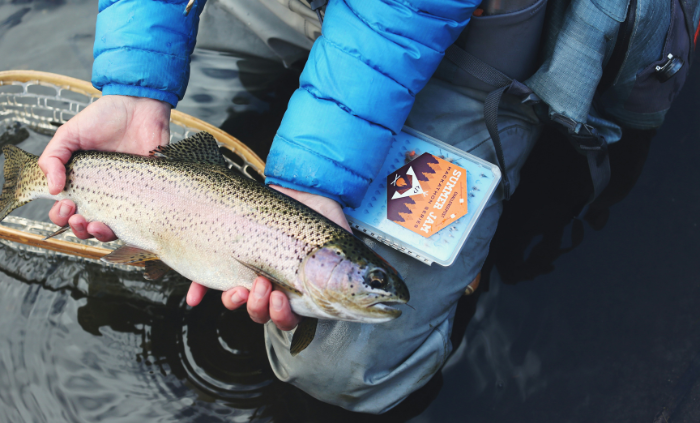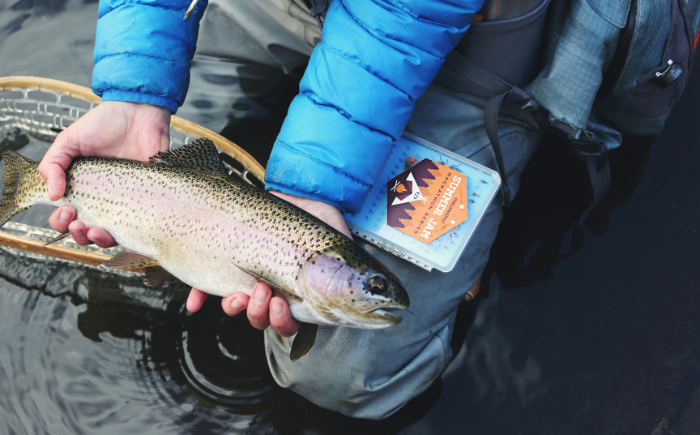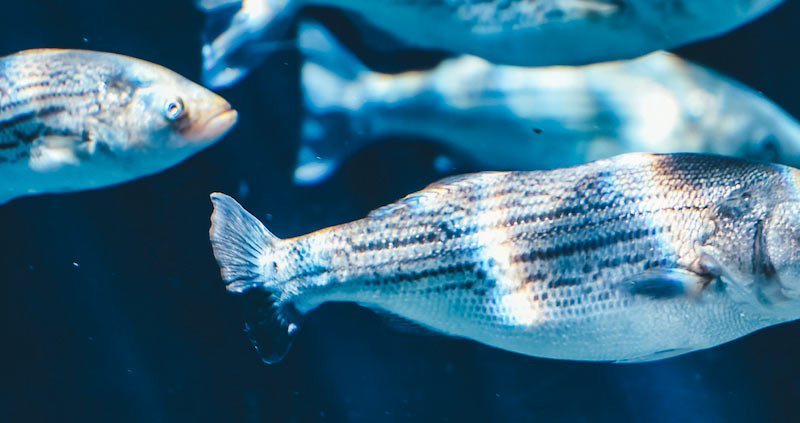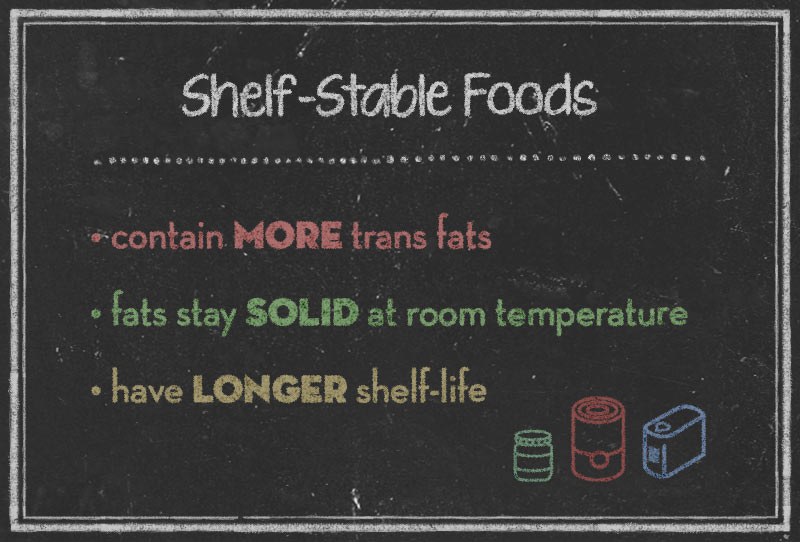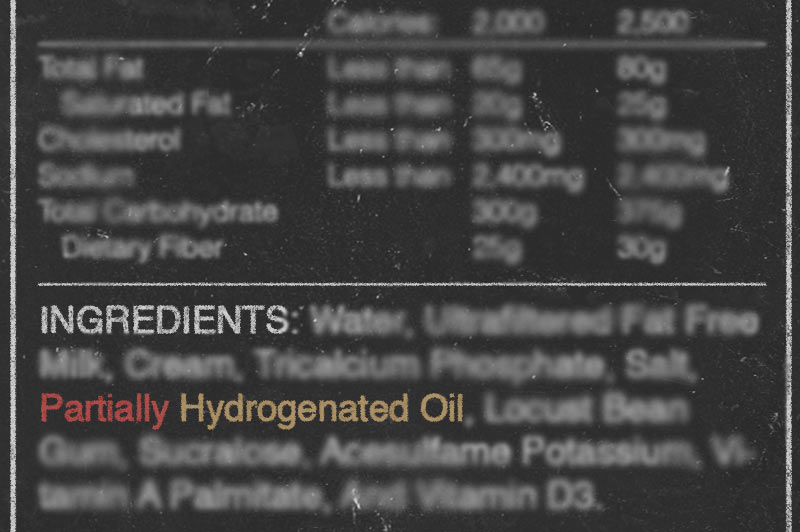Sustainability in the Seafood Industry: Reducing Waste with Fish-Tell Technology
Sustainability in the Seafood Industry: Reducing Waste with Fish-Tell Technology
In an age where sustainability is a necessity, the seafood industry faces significant challenges in ensuring that the fish we consume is both fresh and responsibly sourced. The introduction of innovative technologies, such as Fish-Tell, is transforming the way we assess fish freshness and manage seafood inventory, thereby promoting sustainable practices and reducing waste.
The Role of Fish Freshness Testing in Promoting Sustainable Seafood Practices
Fish freshness is a critical factor in determining the quality and safety of seafood. Traditional methods of assessing freshness often rely on subjective sensory evaluations, or on lab-based analyses, which can be time-consuming and destructive to samples. These methods do not always provide the quick and accurate results needed to make informed decisions in the field, leading to potential waste and safety concerns.
Fish-Tell technology uses a portable Near-InfraRed (NIR) spectroscopic sensor and an AI engine for data analytics. The technology is rapid and non-destructive, making it an ideal solution for testing fish freshness. By measuring key parameters for freshness, namely the K-value and pH level, Fish-Tell provides objective and immediate insights into the quality of fish. This enables stakeholders across the supply chain to make better decisions about which fish to sell, cook, or discard, thereby enhancing their sustainability efforts.
How Fish-Tell Technology Helps Manage Inventory Based on Fish Freshness

Effective inventory management is crucial for reducing waste in the seafood industry. Fish-Tell technology empowers suppliers, distributors, and restaurants to manage their inventory more efficiently by providing real-time data on fish freshness. When the fish is scanned the results will indicate the K-value and the pH value. Fish with a K-value of 20% or less is considered fresh. When the K-value ranges between 20% and 40%, the fish should be cooked before eating to ensure safety. If the K-value exceeds 40%, the fish is deemed spoiled and unsafe for consumption.
With this information, businesses can prioritize the sale and use of the fish that should be sold, ensuring that high-quality products reach consumers while minimizing spoilage and waste.
As an example, a restaurant can use Fish-Tell to test the freshness of its seafood deliveries upon arrival. By identifying which fish are freshest, the restaurant can plan its menu accordingly, serving the best-quality fish to customers and using less fresh fish in cooked dishes where quality degradation is less noticeable. This not only enhances the dining experience but also reduces the likelihood of food waste.
Impact of Reducing Fish Waste on the Environment and the Economy
Reducing fish waste has significant environmental and economic benefits. Environmentally, less waste means fewer resources are squandered, including the energy and water used in catching, processing, and transporting seafood. It also means a reduction in the carbon footprint associated with decomposing organic waste in landfills.
Economically, reducing waste translates to cost savings for businesses. By using Fish-Tell technology to ensure that fish is sold and consumed at its peak freshness, businesses can maximize the value of their inventory. This can lead to higher customer satisfaction and loyalty, as consumers are more likely to return to establishments that consistently offer fresh, high-quality seafood.
Future Prospects of Fish-Tell Technology
Looking ahead, the potential applications of Fish-Tell technology are vast. Currently focused on measuring K-value and pH levels in fish, the technology can be expanded to test many fish species and additional analytes. Future developments could include assessing nutritional value (such as total fat or total protein), detecting contaminants, measuring fatty acid levels (in particular Omega-3 levels), and verifying the authenticity of fish species. Such advancements would further enhance the tool’s utility, contributing to even more sustainable practices within the seafood industry.
Fish-Tell’s ability to adapt and scale without changing hardware, but by simply adding new calibration models, means that it can evolve alongside industry needs. This scalability ensures that Fish-Tell will remain a valuable asset for promoting sustainability in seafood supply chains for years to come.
Conclusion
Fish-Tell technology represents a significant leap forward in the quest for sustainability within the seafood industry. By providing accurate, real-time freshness assessments, it enables better inventory management, reduces waste, and supports environmental and economic goals. As the technology continues to evolve, its impact will only grow, helping to ensure that our seafood is fresh, safe, and sustainably sourced.
REFERENCES
Marine Stewardship Council. “Sustainable Fishing.” MSC, https://www.msc.org/what-we-are-doing/our-approach/sustainable-fishing.
Food and Agriculture Organization of the United Nations. “Sustainable Fisheries and Aquaculture for Food Security and Nutrition.” FAO, http://www.fao.org/fisheries/en/.
Food and Agriculture Organization of the United Nations (FAO). (2011). Global food losses and food waste – Extent, causes and prevention. Retrieved from FAO
United Nations Environment Programme (UNEP). (2021). Food Waste Index Report 2021. Retrieved from UNEP



